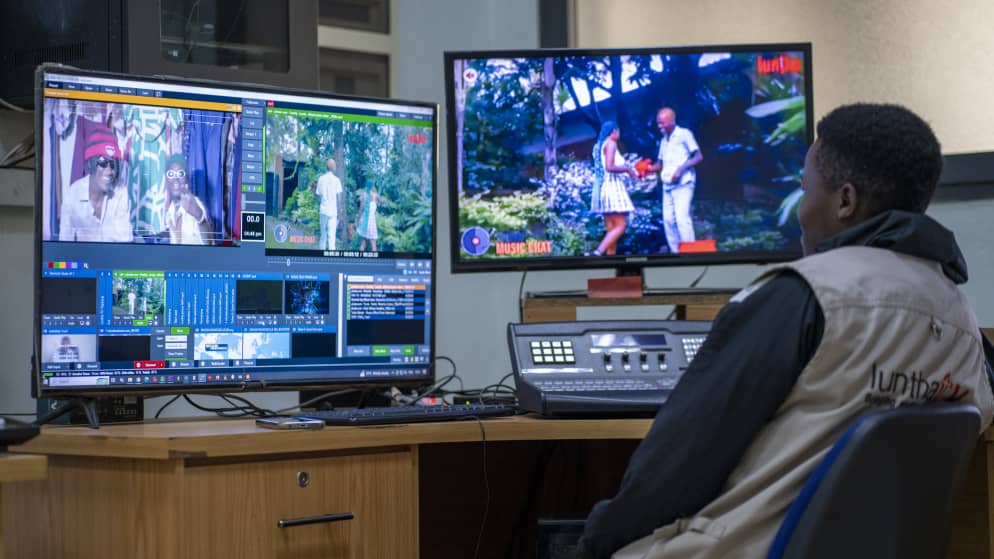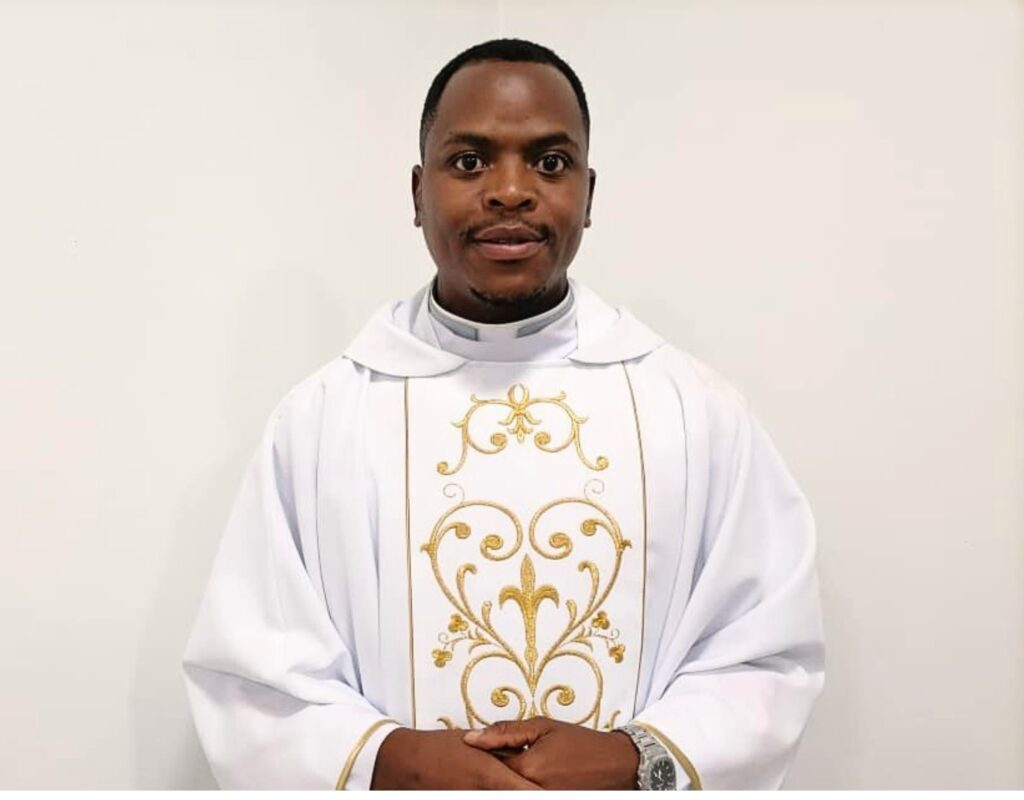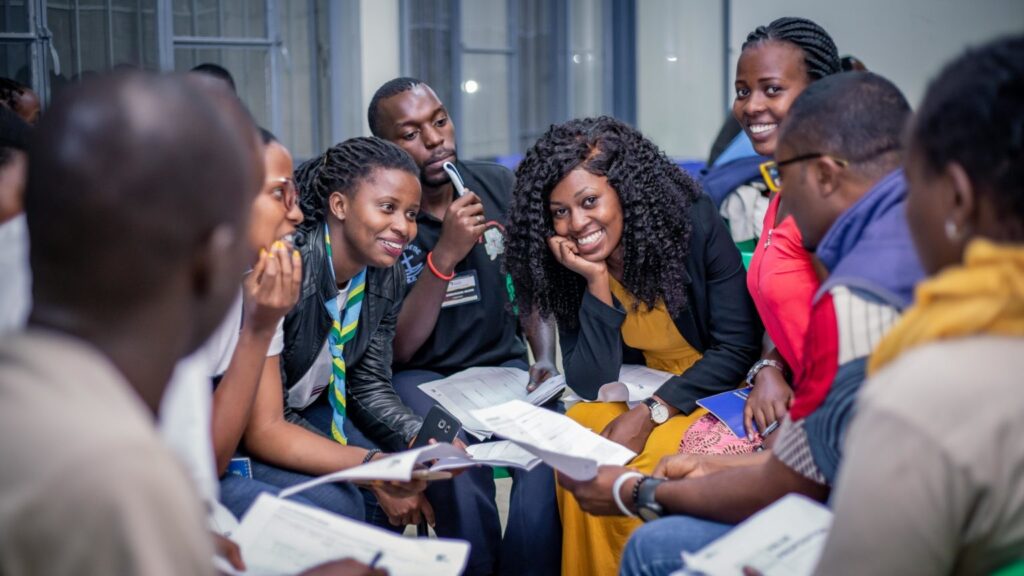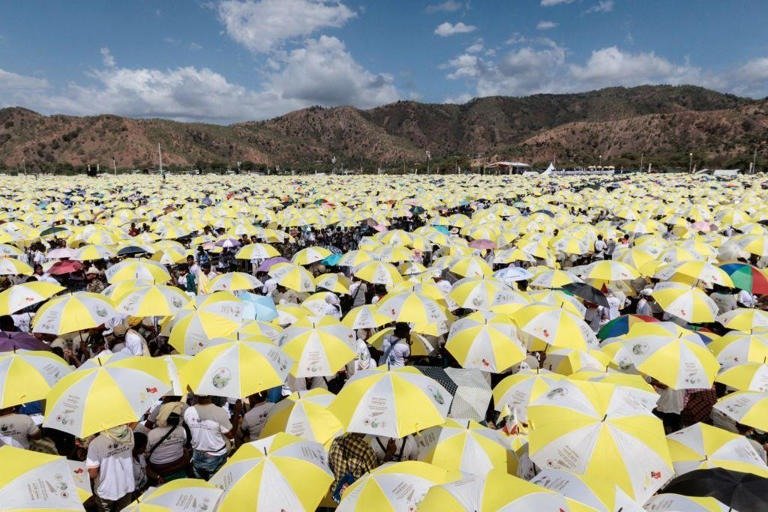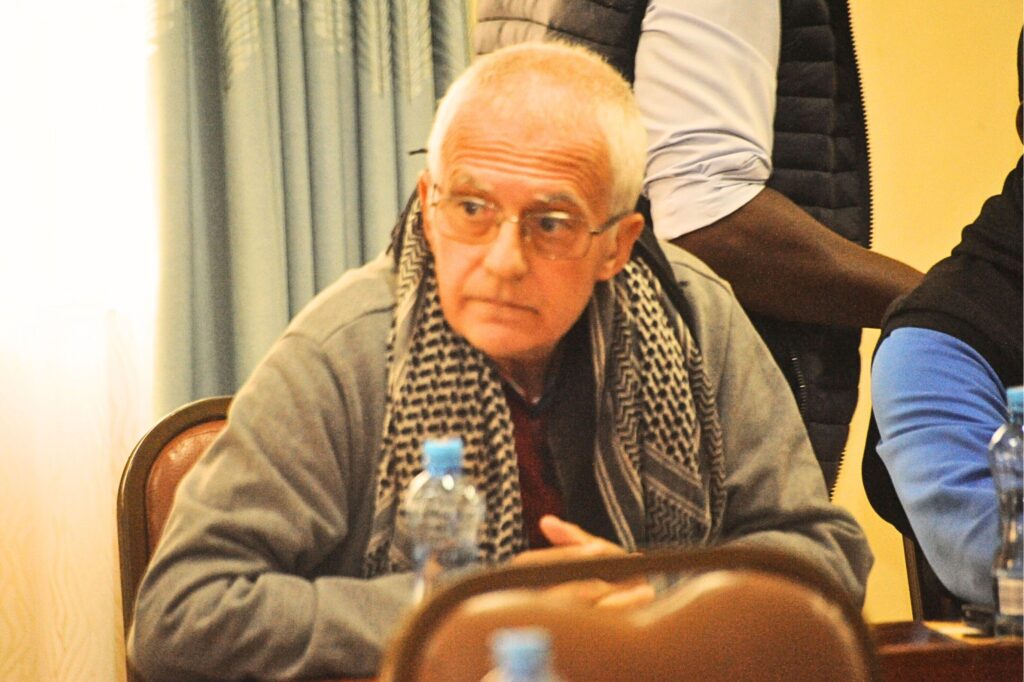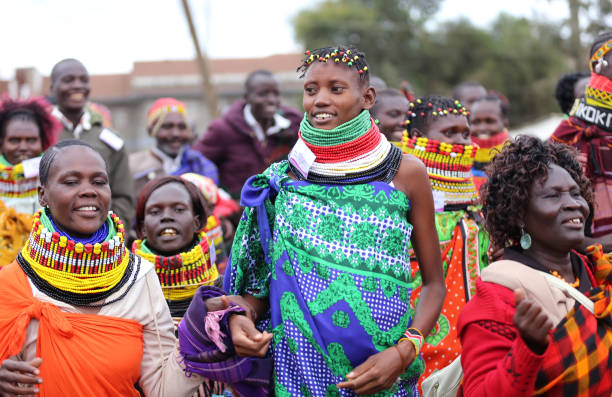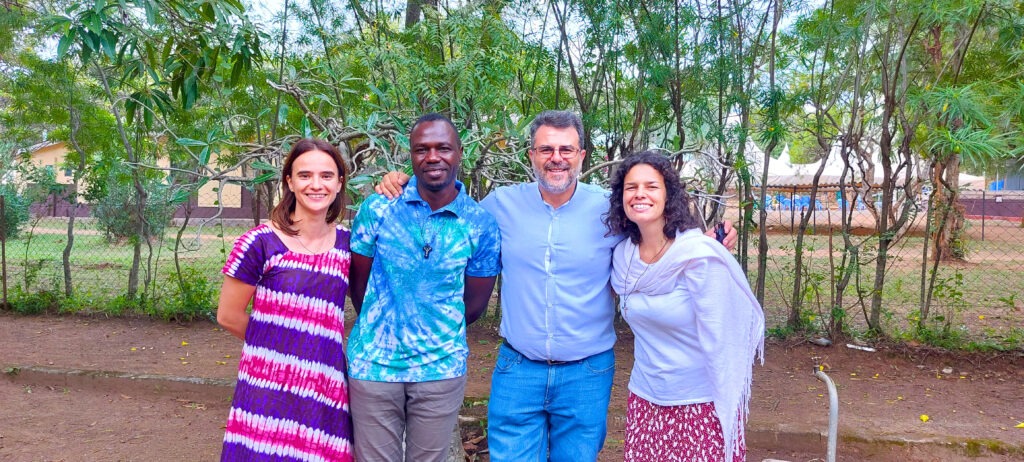The New Media Theory
According to Holmes (2009) the New Media Theory is relatively new. It was formalized in the early 1990s by Mark Poster (1995). Holmes (2009) argued that the New Media Theory sprang from Marshall McLuhan’s medium theory and assertions in the 1950s and 1960s that the world was becoming a global village. In the New Media Theory, Mark Poster’s thesis is that with the transition from broadcast to networked communication and new media, the internet has the potential to transform society. His perspective though was political in the context of the internet. The Arab spring according to Comunello and Anzera (2012) typified the power and role that the internet and social media can play in political processes. Elsewhere, Park (2019) asserted that the use of social media for political news facilitates political knowledge. Crucial to this study, Wasserman (2017) suggested that the internet has the potential to influence not only society’s political landscape but also other facets of life such as social, cultural, economic and religious.
McLuhan (1967) saw the dawn of broadcast media as a phenomenon that eliminated the barriers of space and time. According to Stephens (2019) the medium theory essentially posits that the medium of communication drives the meaning of the message. Put differently, the media shapes society.
On the other hand, it was the advent of the internet in the 1990s that made McLuhan’s assertions prophetic. The internet was a sharp and swift shift from McLuhan’s world of broadcast to networked communication. With the inception of the internet, communication became instant and interactive. Thus, today, the New Media Theory focuses on this second electronic media age based on interactivity. Eventually, Mark Poster (1995) and other new media theorists seeing the revolution brought by the internet announced the end of broadcast communication and asserted the rise of interactive networks (Holmes, 2009).
Scholars have defined and described social media in different ways. Social media can be described as web based services that allow individuals to create a public or semi-public profile in a bounded system, make a connection between other users with whom they have common connection, and view the connections and visits of other within the system (Acun, Yücel, Belenkuyu and Keleş, 2017).
According to Thurau, Malthouse, Friege, Gensler, Lobschat, Rangaswamy and Skiera, (2010) new media are “websites and other digital communication and information channels in which active consumers engage in behaviors that can be consumed by others both in real time and long afterwards regardless of their spatial location.” This study assumes that the Catholic youth in Nairobi are active consumers of the New Media and therefore their presence online has an influence on their mandate to evangelize. In the context of the current study the catholic youths through their behavior on the digital platform may be considered content consumers as well as content creators and disseminators and to that extent their overt or inadvertent behaviours may extend the kingdom or otherwise.
On the other hand, Mcquail (2010) cited by Emeka (2015) acknowledged the difficulty in defining the term new media. Meanwhile, Lievrouw and Livingstone (2006) understood and defined new media in a composite way, “linking information communication technologies (ICT) with their associated social contexts, bringing together three elements: technological artefacts and devices, activities, practices and uses; and social arrangements and organizations that form around the devices and practices”.
Ihejirika, Mbazie and Ndinojuo (2015) defined new media as “new technologies of communication based on the merging of satellite communication; as well as new ways of their application”. They applied this understanding of New Media in their study on how social media was used by political parties in Nigeria for political mileage.
We can deduce from the foregoing definitions that the New Media Theory describes the nature and is linked to how communication takes places today through what is also known as digital media (Holmes, 2009). It is in this context of the new media era that Catholic Youths in Nairobi operate and are expected to evangelize. To this end therefore, the current study will use the new media theory to anchor the description of the nature of social media evangelism and how the catholic youths in Kenya today evangelize on social media.
In his study on electronic games as a form of media engagement, Cover (2004), argued that old media theories are inadequate to analyze how methods of communication happen in new media technologies. Consequently, he advocates for a New Media Theory. In old media, the author-audience relationship is biased towards the author who controls the narrative. On the other hand, digital media such as electronic gaming offers the audience, the possibility to participate in the construction of the text, its narrative, distribution and use. This is a cultural demand today since the audience is conceived as active (Cover, 2004). The current study appreciates the assertions of Cover (2004). Evangelization demands that there be dialogue between the sender of the evangelical message and its recipients. Therefore, the interactive nature of new media makes evangelization among the youth online possible.



